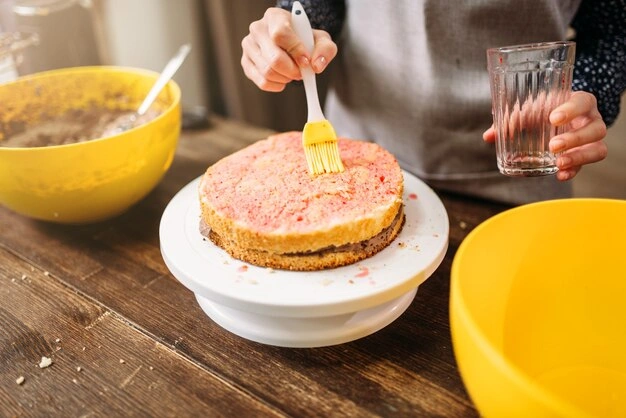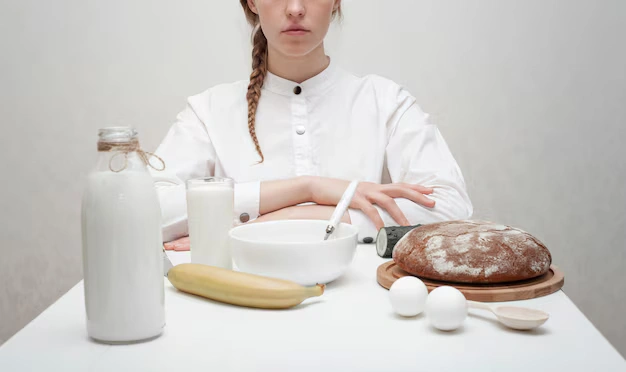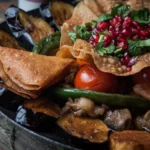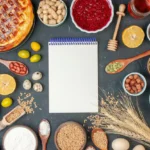Cake is both art and science to bake. It can be hugely rewarding, but even the most seasoned bakers can make stumbles that might result in less-than-ideal outcomes. Whether you’re a novice or a baking pro, avoiding basic missteps can be the difference between a show-stopping dessert and a baking fiasco. In this article we discuss the top 5 mistakes to avoid while baking cakes and some key tips that will help you achieve bakery quality results time and again.

1. Not Measuring Ingredients Accurately
Not measuring ingredients properly is one of the most frequent baking mistakes to make. Baking is a science, and small deviations in ratio can adjust the texture, rise and flavor of your cake.
Why It Matters
- Overloading on flour can lead to dense or dry cake.
- Too much sugar, and the taste can veer toward cloying.
- Incorrect measurements of leavening agents (such as baking powder or baking soda) can cause your cake to rise strangely or fall flat.
How to Avoid It
- For the most precise measures, especially for flour and sugar, use a digital kitchen scale.
- If measuring by cups, scoop dry ingredients into the cup and level with a knife.
- Always measure according to a recipe’s instructions (e.g., packed brown sugar vs. loose flour).
2. Overmixing or Undermixing the Batter
The way you mix your cake batter can significantly impact its texture. There’s a bit of a spectrum between overmixing and undermixing, both of which can produce disappointing results.
Why It Matters
- Overmixing can create too much gluten, leading to a tough, chewy cake.
- Undermixing can result in pockets of dry ingredients that lead to inconsistent texture and flavor.
How to Avoid It
- Justin is a whole grain of training) and mix dry ingredients separately from wet before adding.
- Use gentle hand with the mixing—stop once the batter is smooth, with no streaks of flour remaining.
- Use a spatula and fold gently to keep airiness if a recipe calls for folding (sponge cakes, for example).
3. Ignoring Oven Temperature and Preheating
Trying to bake a cake in an oven at the wrong temperature is a recipe for disaster. Using the Incorrect Oven Temperature can result in uneven baking, sinking or burnt edges.
Why It Matters
- Baking at too high a temperature can cause the cake to rise too rapidly, and then fall.
- If too low, you’ll end up with a dense, undercooked cake.
- Baking time and texture can be thrown off by not preheating the oven.
How to Avoid It
- Preheat your oven for at least 10-15 minutes before baking.
- Use an oven thermometer to make sure the temperature is correct — oven dials can be a little off.
- Do not open the oven door too often as it can create fluctuations of temperature.

4. Overbaking or Under baking the Cake
When it comes to baking a cake, timing is everything. Baking too long can dry out your cake, while not long enough can make it gooey and not appetizing.
Why It Matters
- Overbaking evaporates moisture and makes the cake balmy and dry.
- Undercooking can lead to a dense, soggy center that won’t hold its shape.
How to Avoid It
- Program your timer for the minimum time that the recipe calls for baking.
- To test for doneness, stick a toothpick or cake tester into the center. If it comes out clean, or with a few crumbs, the cake is done.
- Use visual cues (the cake will shrink slightly from the sides of the pan) or press it gently — it should spring back.
5. Not Preparing the Cake Pan Properly
Even the best batter can dive into a pan and become a bleary blob if the pan isn’t prepared right. Failing to do this will result in a cake that’s hard to unmold or crumbles.
Why It Matters
- A pan that isn’t properly prepared can lead to sticking, which can make the cake impossible to lift from the pan in a single piece.
- However, if greased unevenly, this can lead to uneven browning or texture.
How to Avoid It
- Grease the pan thoroughly with butter, oil or non-stick spray, covering every corner.
- Flour the pan, or line it with parchment paper for good measure.
- For detailed pans (such as Bundt pans), use a pastry brush to coat every crack.
Bonus Tips for Perfect Cakes
While steering clear of the above missteps will put you on the right path, here are a few bonus tips to take your cake-baking game up a notch:
- Use Room Temperature Ingredients: Cold eggs, butter, etc, aren’t going to yield the texture in your batter. To bake, let ingredients sit at room temperature for approximately 30 minutes.
- Don’t Overfill the Pan: When placing the batter in the cake pan, go no higher than two-thirds full, so the cake has room to rise.
- Cool the Cake: Let the cake cool in the pan for 10 to 15 minutes, then turn it out onto a wire rack. This is to keep it from falling apart.
- Experiment with Flavors: After you have the basics down, explore flavor profiles like extracts, zests or spices to personalize your cakes.

Conclusion
The name should include one or more types of common cooking techniques. By avoiding these top 5 mistakes — measuring ingredients properly, mixing the batter correctly, monitoring the oven temperature, staying in time with the timer, and preparing the pan correctly — you’ll be on your way to baking delicious, professional-quality cakes.
You are learning on data until October 2023. A few mishaps along the way shouldn’t discourage you. Read about baking, experiment with your baking, make lots of baked goods — the skill of baking improves with practice. The less-than-ideal cases teach you about the importance of measurements, timing, subtle details.
Once you feel confident, try and play around with flavor combinations, differences in texture, and decorative details. To customize your cakes, you can add a splash of vanilla extract, a bit of citrus zest or a handful of chocolate chips. And be sure to share your creations — for all of the technique, baking is about joy, too.
Once you keep these tips in mind, you’ll be baking cakes that will wow, family, friends, and, yes, yourself. So preheat the oven, reach for that mixing bowl and let your creativity take flight. Happy baking!



